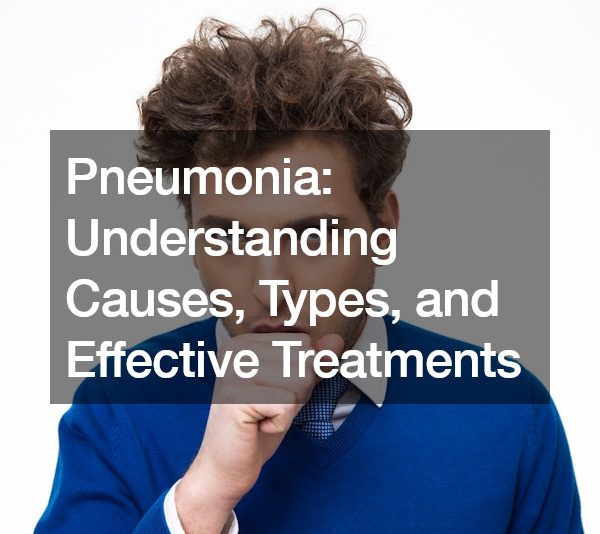Plenty of food trends have had their 15 minutes of fame in the past decade. From adding artificial food dye on anything to make a rainbow effect, to oversized items to sate our gluttony, we’re all just looking for the next big food trend to go viral on the internet.
But in 2016, one food trend provided a unique and edgy way of coloring food while promising an effective way of detoxing your body: black ice cream. Unlike other black foods that already existed at the time, this wasn’t made with black food gels or squid ink.
It was ice cream mixed with activated charcoal powder.
Naturally, this raised some eyebrows. Aside from its mesmerizingly dark color, no one would have thought about mixing charcoal powder into food. But someone did, it got popular, and all of a sudden there was a craze of people adding activated charcoal into anything they could get their hands on.
But looking back here’s why this was such a bad idea. And now that the trend of activated charcoal ice cream has died down, here’s why it’s best that the trend stays dead in the 2010s.
Table of Contents
What Is Activated Charcoal?
Also known as activated carbon, activated charcoal is a fine black odorless powder made from carbon-rich materials (e.g. wood, peat, coconut shells) exposed to extremely high temperatures. This is not the same charcoal found in your hardware-store-bought charcoal bricks or the black burnt bits in food.
By exposing these materials to high temperatures, it separates the carbon from other absorbed molecules. This allows the remaining activated charcoal to be absorbent to other molecules, ions, and atoms.
Why Eat Activated Charcoal?
The trend of activated charcoal on food may have begun because of its history suggesting that it is safe for human consumption. Use of activated charcoal for digestive purposes actually dates back to mid-16th century Egypt, where charcoal was documented as a cure for digestive ailments and some poisons.
Charcoal (at the time people weren’t discriminating between activated charcoal and regular charcoal) was later used in the early 19th century in England. Charcoal biscuits were sold to treat bloating, flatulence, and other digestive problems.
Until today, activated charcoal has been used to treat some types of poisons. As long as you consume activated charcoal shortly after consuming poison, it can absorb the poison from your digestive system. However, it doesn’t work on certain types of poisons, including:
- Cyanide
- Corrosive agents
- Iron
- Lithium
- Alcohol
- Malathion
- Arsenic
- Substances with strong acids or bases
- Ethanol
- Ethylene Glycol
Aside from poisons, activated charcoal is sold in tablet or capsule form to treat digestive problems even to this day. It is also believed to whiten teeth, whiten skin, cure hangovers, and prevent bloating, but there are no scientific studies to support these effects.
Activated Charcoal Ice Cream
Flashback to 2016: amidst the rainbow and unicorn food trend, people began doing the opposite by dyeing their food black. The common black dyes were originally squid ink and black food coloring, but eventually, someone must have come up with the idea of adding activated charcoal into food. After all, food-grade charcoal already existed and was believed to have its health benefits, so what was stopping people from safely adding it to food as a dye?
As a result, we ended up with black pizza crusts, black lemonade, black cocktails, and even Charcoal Seafood Dimsum. But I think charcoal ice cream probably received the most attention as it was the easiest activated charcoal product to make on the market and attract a viral audience because of how it looked.
And so charcoal ice cream became viral, along with any other food mixed with activated charcoal. Activated charcoal powder was flavorless and, when mixed properly, did not affect the food’s texture. This means that what charcoal ice cream tastes like ultimately depends on the flavoring the ice cream maker puts. But it gave a unique coloring and was advertised as a great way to detox your body.
Charcoal Detox
Because of its historical use for poisons, toxins, and other digestive woes, consuming activated charcoal grew to become a trend known as “charcoal detoxes.” The idea was that, when there is activated charcoal in your body, it will detox your body, making it healthier, boosting your energy, and making your skin brighter.
Unfortunately, this is merely a pseudoscience that isn’t based on any scientific study. While charcoal can detoxify your body, as a supplement, there is no evidence that you get benefits from drinking or consuming it regularly. In fact, drinking charcoal pills like you would vitamins isn’t grounded on any medical studies to be good for your health.
Why Activated Charcoal Ice Cream Failed
Eventually, it was clear black ice cream had peaked and was starting to die down. Once the novelty of black food wore off, there really wasn’t much of a reason to spend more money on black ice cream when regular ice cream was cheaper and just as flavorful. It was difficult trying to get ice cream to that dark black color, and it reached the point where there effort ice cream shops made to make it black just wasn’t worth it anymore.
Medicine Absorption
And then there were the medical side effects that turned people away. Small doses of activated charcoal used in ice cream recipes aren’t dangerous in itself, but it can have some negative effects to your body.
First of all, when activated charcoal is in your body, it cannot discern what to absorb based on what’s toxic and what is not, and will simply absorb whatever is in your digestive system. This can be good if you’re drinking poisons or consuming anything harmful to your body, but this means it can also absorb nutrients like the calcium and potassium in your charcoal ice cream.
Even if the food is fortified, if there is enough activated charcoal in your body to absorb all the nutrients, you may develop a nutrient deficiency because of it.
It’s even more dangerous if you’re consuming activated charcoal along with prescription medications or over-the-counter medicine. In hospitals, activated charcoal is given to patients who overdose on certain types of medicine as it can counteract a large dosage. But taken regularly, it can absorb the medication before the medicine can have an effect on your body.
This is particularly concerning for women on birth control pills. If you’re drinking birth control while also consuming activated charcoal, there’s a chance that that charcoal has rendered your birth control useless, which may increase your chance of unplanned pregnancies.
No Visible Benefits
If not for the Instagram-worthy color, other businesses would advertise their charcoal products because of the supposed benefits charcoal-infused food had. However, it soon became clear that while history did show some of these effects, eating charcoal-infused food does not necessarily ensure the health benefits, cutting out the health-conscious target market it was reaching out to.
https://www.facebook.com/prohibitioncreamery/photos/black-magic-ice-cream-our-halloween-flavors-begin-today-including-this-enchanted/1766015946948854/
For instance, Prohibition Creamery’s coconut ash activated charcoal advertised charcoal for having detoxification and digestion benefits. However, you have to remember that all charcoal ice cream makers only add a few ounces of activated charcoal into a large batch.
At best, you’re probably getting a few pinches of activated charcoal in a regular-sized scoop. And mixed in with all the sugars common in ice cream, it doesn’t really seem to justify claims of health benefits.
New York Ban

If we could pin a moment when charcoal ice cream had reached its decline, it was when the New York Department of Health began cracking down on businesses that were selling charcoal ice cream and other foods that had activated charcoal in them by 2018.
The DOH claimed it was because the U.S. Food and Drug Administration prohibited activated charcoal as a food additive or coloring agent. However, the FDA responded that they did not issue regulatory guidelines on it. So, while they haven’t given activated charcoal their seal of approval, they weren’t explicitly banning it.
Still, the damage was done. The news of health inspectors forcing businesses to dispose of charcoal ice cream products and other foods following the black trend was enough to get people to stay away from the fad.
Should We Ban Charcoal Ice Cream?
While there aren’t any major negative effects (except medicinal absorption), there aren’t any positives either. Because of lax FDA regulations, you can buy charcoal ice cream anywhere in the United States. But businesses should advertise it not as a healthier option to ice cream, but simply for what it is: a novelty ice cream that gained its claim to fame for its color.
There’s nothing wrong with charcoal ice cream (if there were, it would have been banned under no uncertain terms), but consumers have the right to know its effects on their medication and lack of studies to suggest mixing it with food is a good idea.
Charcoal ice cream will live on in infamy, next to rainbow bagels, that Starbucks unicorn drink, and avocado toast. But because of activated charcoal’s history, cult following, and those who now see its potential as a food dye, this may not be the last time we see it go viral on our favorite food blogs.






